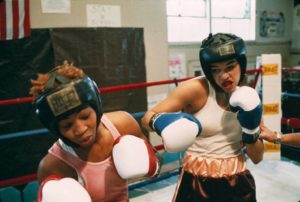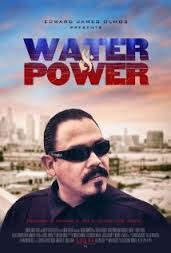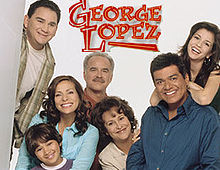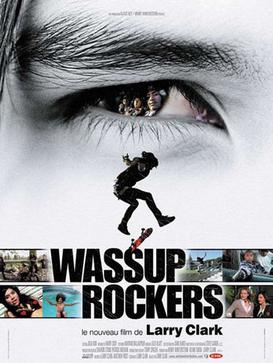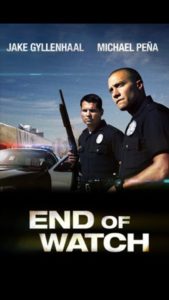
End Of Watch is a contemporary realistic action drama that deals with issues that are plaguing the Los Angeles community of South Central for many years. Police as well as the citizens are depicted in a negative manner. In a time when local law enforcement is under the watchful eye of the public and scrutiny of federal authorities comes a movie that actually depicts police department in positive perspective. Police departments through out the United States are trying to rebuild or perhaps built relationship with the community. With police misconduct, corruption and abuse of power so prevalent, Jake Gyllenhaal a white and Michael Pena Mexican American star in this hit film that contradict what is portrayed by the public. It is a drama that brings up the issue of race and violence in the South Central community. They play two Los Angeles Police Department officers assigned to patrol one of the most dangerous places in the city. Part of their patrol obligations is to serve the a community were gang violence is caused by racial tensions between two rival gangs fighting for control of the drug trade. Stereotypically or not this is a norm in the hood or in the inner city, which is called the Newton division AKA Shootin’ Newton. As we learned in American Me, racial tensions between Latinos and blacks escalates into the streets of Los Angeles as in this movie It also demonstrates how the inside of the prison controls the outside world. In the begging of the film the officers were on pursuit of a vehicle that resulted in a shoot out. Even though it was a justifiable shooting, it would still cause controversy within the minority groups.

The relationship between the two officers is a comical but yet serious. They have more than a professional relationship, but truly are friends. They enjoy criticizing each other’s race. Michael Pena plays Zavala who is raised with traditional Mexican values as well as strong religious values. Taylor played by Gyllenhaal, mimics him about his cousin’s quiencanera. Zavala is mocked for his taste in Starbucks. He is very proud of his Mexican roots while Gyllenhaal sarcastically mocks him. It the deleted scenes Zavala states he is the King Taco Boxing parking lot champion. For those who do not know, it was a place in place in East LA where after hour fights took place. The bond is stronger than the racial mockery, even though some of stereotypes can be perceived as accurate. This is not the typical Born in East LA film which both movies do stereotype Latinos from a negative prospective. Not all Latinos are gangsters, but in these film they are depicted as ruthless, and evil individuals. As they are conducting surveillance of a local street gang that was involved in a deadly drive by shooting, the two officers stumble upon the drug cartels that are secretly operating in the the Los Angeles area. They investigation of the Hispanic street gang leads them to a higher level of street crime. Ultimately, they are green lit, which means there is a bounty on there heads.
End of Watch does not perpetuate the problem by glorifying violence, however it brings awareness to issues that are occurring on a daily basis. Taylor emphasis on how much action they encounter, while other cities see none. Usually those places are well to do communities. there are many issues that are hurting communities through out the nation. This film depicts the latino officer in as honorable individual with high level of integrity. While gang members are perceived for what they are.



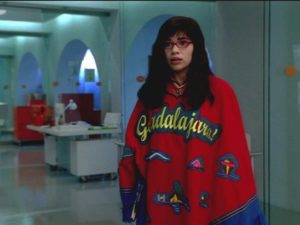

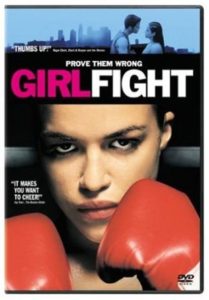 This film, Girlfight is about a young woman’s struggle to fit in the mold of what society a woman should be in Brooklyn, New York. It is written and directed by
This film, Girlfight is about a young woman’s struggle to fit in the mold of what society a woman should be in Brooklyn, New York. It is written and directed by 